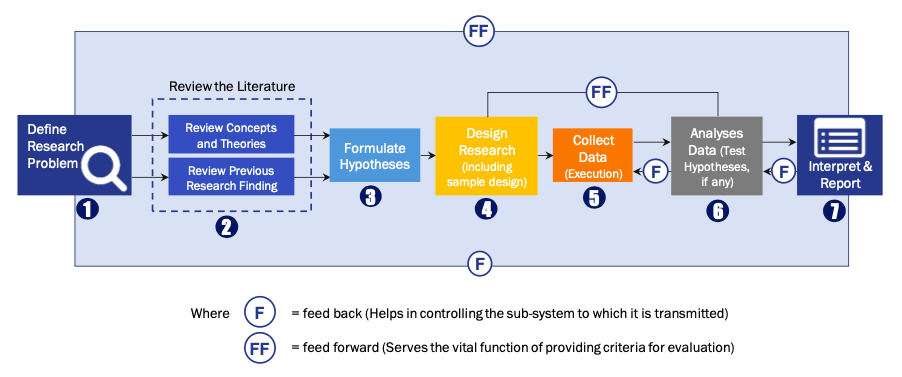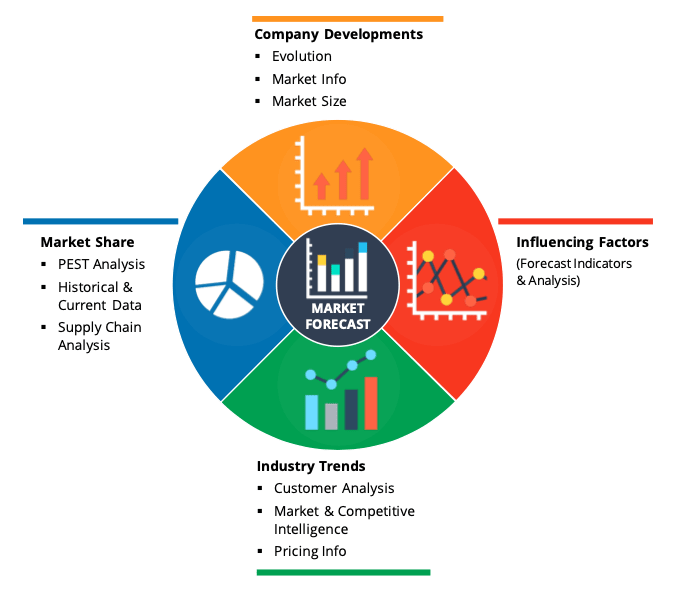Market OverviewE-Cigarette or electronic cigarette is a handheld portable device which is utilized as a traditional cigarette. However, far from conventional cigarettes E-cigarettes do not deliver harmful substances which can be consumed by user while smoking a normal cigarettes. E-cigarettes can be used as personal vaporizers, electronic non-nicotine delivery systems (ENNDS), electronic smoking devices (ESDs), and electronic nicotine delivery systems (ENDS).
With the rising popularity of vaping devices, fragrance and flavor, vendors are introducing a variety of flavors to attract the e-cigarette manufacturers. Different flavors such as mint, menthol, chocolate, bubble gum, cola, and blends of various other fruits and flavoring substances are attracting a large number of consumers. According to Food and Drug Administration (FDA), in 2013-2014 survey, approximately 81 percent of current youth users cited the availability of these appealing flavors as the principal reason for use. The trend is anticipated to continue and also, contribute to the growth of the market in the future.
Segment OverviewAwareness on health risks due to smoking is increasing worldwide which has resulted in the growth of alternatives such as e-cigarettes that have helped quit traditional cigarettes. Cancer caused by smoking traditional cigarette is one of the foremost concerns affecting people worldwide. E-cigarettes eradicate the risk of cancer and also, prevent the intake of thousands of chemicals, which are formed during the burning of tobacco in traditional cigarettes.
According to CDC almost 3 out of 10 cancer deaths in U.S. are due to tobacco consumption. Moreover, there were more than 36 million smokers in U.S. alone, in 2016. As per National Health Interview Survey (NIHS) cigarette smoking among U.S. adults have declined from 20.9% to almost 15% in 2017 due to increasing consumption shift towards e-cigarettes.
Regional OverviewThe market for e cigerettes is fragmented, with the top three players estimated to account for more than 60% of the total market in 2017. Imperial Brands plc. (UK) Accounts for the major market share, followed by British American Tobacco plc (UK) and NJOY Inc. (U.S.). However, in U.S. the major tobacco manufacturer Altria Group, after the acquisition of JUUL commands almost 40 percent of the U.S. e-cigarette market or retail sales. All the companies in this industry do not offer all products; for instance, Philip Morris International (U.S.) offers vaporizer products but does not offer cig-a-likes. However, with the current product diversity, a state of uncertainty prevails between the players, a shift in consumer taste or preference can alter their share in the market.
Competitor overviewMoreover, the emerging companies are also gaining advantage through mergers with tobacco cigarette giants. The acquisitions, aim at uniting the offerings, such as supply of various raw components, batteries and sensor chips, and various logistics services, to increase the efficiency. Companies in the industry are mainly buying common shares and assets to gain access to each other’s services and products. For instance, Philip Morris Inc. (U.S.), a subsidiary of Altria Group (U.S.), bought Green Smoke Inc. (U.S.), for $110 million, to increase the go to market approach of its offerings by using Green Smoke’s customer service and supply chain. These mergers and acquisitions are expected to continue with the growth of the market.
Key Players
- British American Tobacco plc
- Altria Group Inc.
- Japan Tobacco Inc.,
- International Vapor Group,
- Imperial Brands plc
- Philip Morris International Inc.
- Vapor Hub International Inc.
- VMR Products LLC
- NJOY Inc.
- FIN Branding Group LLC.
Market SegmentationBy Product
- Cig-a-like
- Vaporizer
- Vape Mod
- T-Vapor
By Distribution Channel
- Vape Shops
- Online
- Hypermarket/Supermarket
- Tobacconist
By Geography
- North America
- Europe
- UK
- Germany
- France
- Italy
- Spain
- Rest of Europe
- Asia-Pacific
- Japan
- China
- India
- Australia
- South Korea
- Rest of Asia-Pacific
- LAMEA
- Brazil
- Saudi Arabia
- UAE
- Rest of LAMEA
Research Process
Data Library Research are conducted by industry experts who offer insight on
industry structure, market segmentations technology assessment and competitive landscape (CL), and penetration, as well as on emerging trends. Their analysis is based on primary interviews (~ 80%) and secondary research (~ 20%) as well as years of professional expertise in their respective industries. Adding to this, by analysing historical trends and current market positions, our analysts predict where the market will be headed for the next five years. Furthermore, the varying trends of segment & categories geographically presented are also studied and the estimated based on the primary & secondary research.
In this particular report from the supply side Data Library Research has conducted primary surveys (interviews) with the key level executives (VP, CEO’s, Marketing Director, Business Development Manager
and SOFT) of the companies that active & prominent as well as the midsized organization
FIGURE 1: DLR RESEARH PROCESS

Primary Research
Extensive primary research was conducted to gain a deeper insight of the market and industry performance. The analysis is based on both primary and secondary research as well as years of professional expertise in the respective industries.
In addition to analysing current and historical trends, our analysts predict where the market is headed over the next five years.
It varies by segment for these categories geographically presented in the list of market tables. Speaking about this particular report we have conducted primary surveys (interviews) with the key level executives (VP, CEO’s, Marketing Director, Business Development Manager and many more) of the major players active in the market.
Secondary Research
Secondary research was mainly used to collect and identify information useful for the extensive, technical, market-oriented, and Friend’s study of the Global Extra Neutral Alcohol. It was also used to obtain key information about major players, market classification and segmentation according to the industry trends, geographical markets, and developments related to the market and technology perspectives. For this study, analysts have gathered information from various credible sources, such as annual reports, sec filings, journals, white papers, SOFT presentations, and company web sites.
Market Size Estimation
Both, top-down and bottom-up approaches were used to estimate and validate the size of the Global market and to estimate the size of various other dependent submarkets in the overall Extra Neutral Alcohol. The key players in the market were identified through secondary research and their market contributions in the respective geographies were determined through primary and secondary research.
Forecast Model


